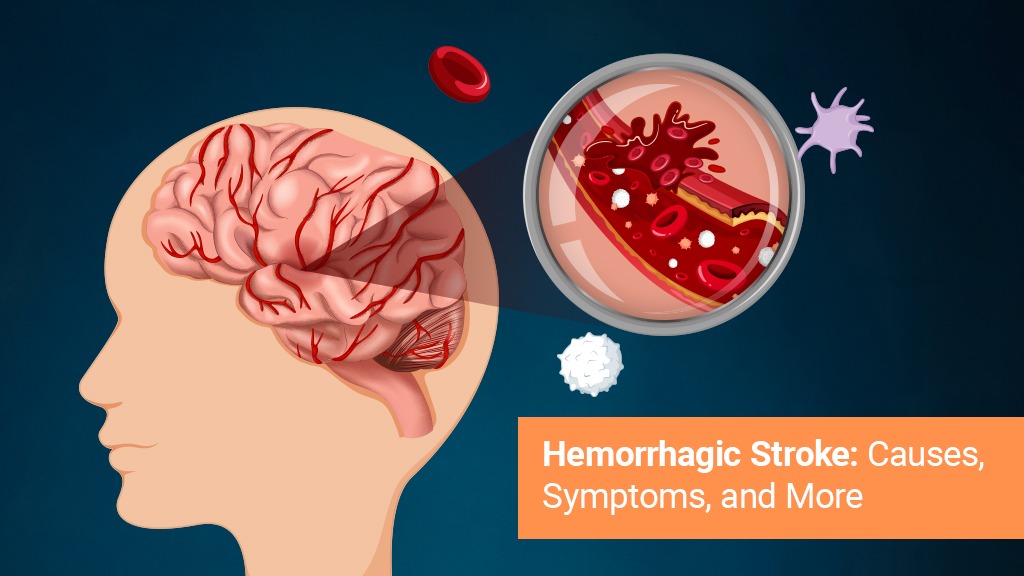
Hemorrhagic Stroke: Causes, Symptoms and More
Every second counts when it comes to a stroke. While most people are familiar with ischemic strokes caused by clots, fewer realize that another, often deadlier, form exists — the hemorrhagic stroke.
A hemorrhagic stroke occurs when a weakened blood vessel in the brain ruptures, leading to bleeding either within the brain tissue or in the space surrounding it. This sudden bleed increases pressure inside the skull, damaging brain cells and interrupting vital brain functions. Although hemorrhagic strokes are less common than ischemic strokes, they tend to be more severe and carry a higher risk of death or long-term disability.
There are two main types of hemorrhagic stroke. Intracerebral Hemorrhage (ICH) occurs when bleeding happens directly within the brain tissue, most often due to long-standing high blood pressure that weakens arterial walls. Subarachnoid Hemorrhage (SAH), on the other hand, involves bleeding into the space between the brain and the thin layers of tissue that cover it. This is frequently caused by the rupture of an aneurysm — a balloon-like bulge in a blood vessel.
Several factors can increase the risk of a hemorrhagic stroke. The most common cause is uncontrolled high blood pressure, which exerts continuous stress on blood vessels. Other causes include aneurysm rupture, head injury or trauma, the use of blood-thinning medications, and the presence of arteriovenous malformations (AVMs) — abnormal tangles of blood vessels. Lifestyle factors such as excessive alcohol consumption and drug use can also elevate the risk.
Recognizing the symptoms of a hemorrhagic stroke is critical for timely medical intervention. Warning signs include a sudden, severe headache, nausea, vomiting, loss of consciousness, weakness or numbness on one side of the body, vision changes, difficulty speaking, or seizures. Since bleeding in the brain can worsen within minutes, immediate emergency care is essential to prevent irreversible damage.
Diagnosis typically involves a CT scan or MRI, which helps pinpoint the location and extent of the bleeding. Treatment focuses on controlling the hemorrhage, reducing pressure inside the skull, and preventing complications. Medications may be administered to manage blood pressure, control swelling, and prevent seizures. In some cases, surgical intervention becomes necessary to remove clots, repair ruptured vessels, or relieve pressure on the brain.
Recovery after a hemorrhagic stroke can be long and demanding, depending on the severity and location of the brain injury. A well-structured rehabilitation program plays a crucial role in restoring function and independence. Physiotherapy helps rebuild strength, balance, and coordination, while speech and cognitive therapy support communication and memory recovery. Occupational therapy assists patients in relearning essential daily activities, and emotional support is vital for both patients and families as they adapt to life after a stroke.
A hemorrhagic stroke is a medical emergency that requires immediate, specialized attention. However, with prompt treatment and comprehensive rehabilitation, recovery and improved quality of life are possible. At Sukino, our multidisciplinary stroke rehabilitation program is designed to address both the physical and emotional aspects of healing, guiding patients and their families through every stage of recovery with care, compassion, and expertise.
Related
BY: Sukino
COMMENTS: No Comments
